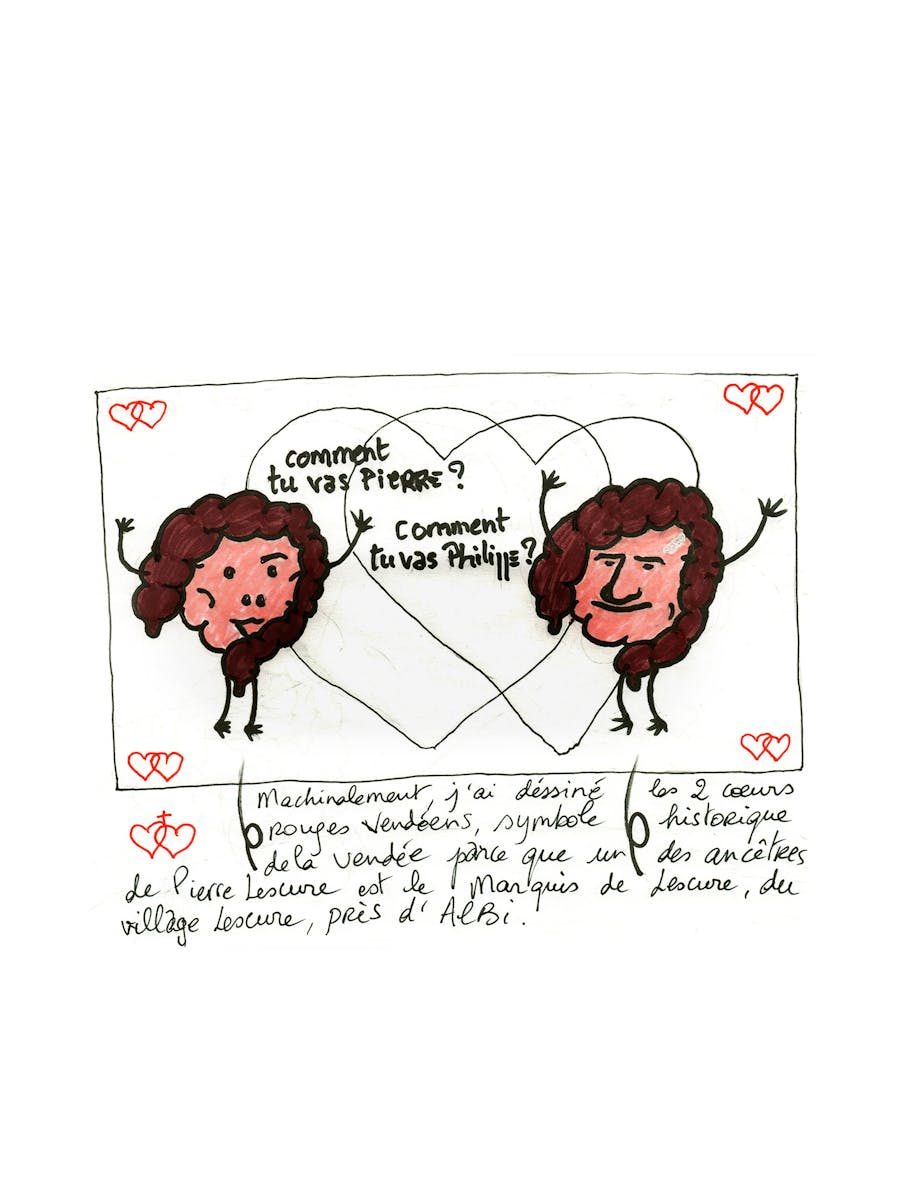From the Faces Issue
The portraits on the following pages were part of the exhibition "macro" at Gladstone Gallery Brussels in april 2023. The installation consisted of 10 creatures with glossy painted styrofoam heads on wooden skeletons with metal joints hanging on brown wooden panels measuring 250 by 120 cm. The portraits were taken with a fujifilm gfx50s ii camera and lighted with an arri skypanel s60-c to obtain maximum sharpness in order to see as much detail as possible.
All images copyright Jos de Gruyter & Harald Thys.
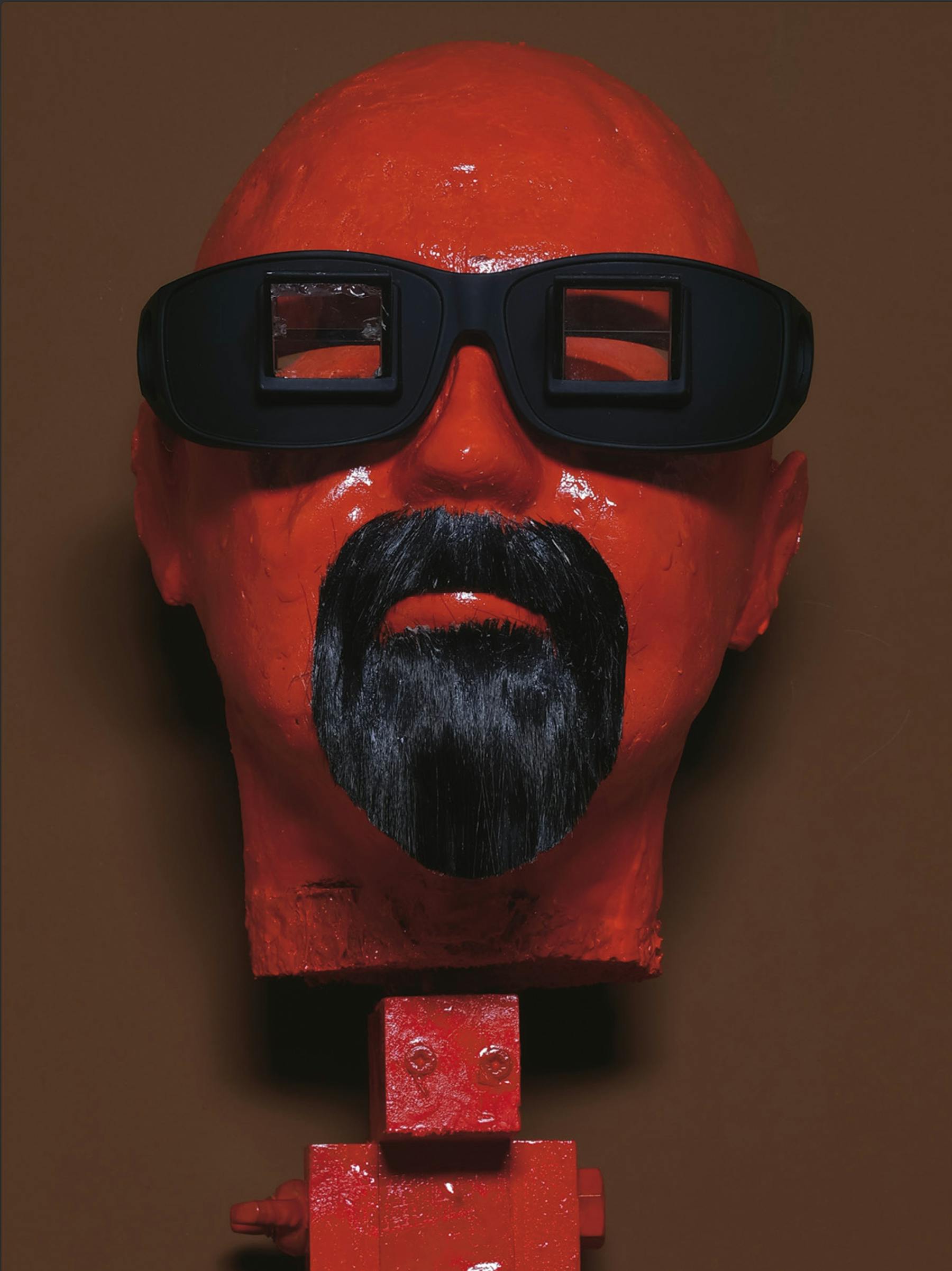
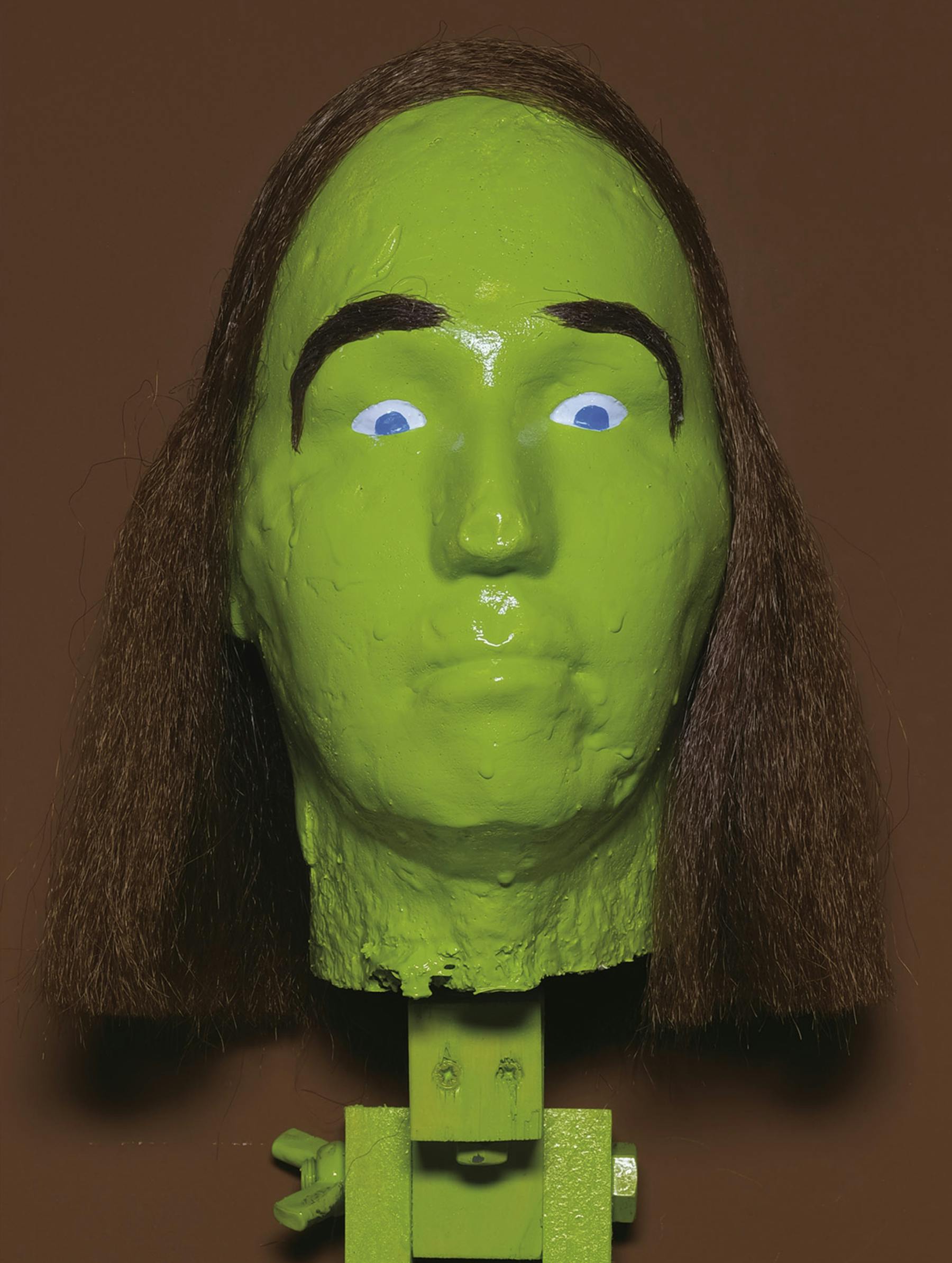
The knife-grinder of wexford
The Knife-Grinder of Wexford was a respected man. His years of experience meant that he had perfected the art of sharpening such that he was much in demand and enjoyed a certain status. He sharpened for both the farmers and the local aristocracy, and his craftsmanship was generally considered legendary. Hence the story went round that with a knife sharpened by the Knife-Grinder of Wexford one could cut the legs off a horse in a single blow. As he sharpened, the Knife-Grinder of Wexford always whistled the same tune. What people didn’t know was that the Knife-Grinder of Wexford led a double life. During the day he did his job with dedication, but at night he wandered the dark streets of Wexford in search of blood. His victims were always attacked suddenly in the dark and beheaded. People started to suspect the Knife-Grinder when an old woman heard someone whistling the Knife-Grinder’s tune just before one of the murders. When this became known, the Knife-Grinder of Wexford disappeared without a trace and the murders stopped. Some say that the Knife-Grinder of Wexford fled to America and made his fortune there. Others claim that he had been spotted in London. Whatever the case, the Knife-Grinder’s tune is still whistled to scare children in the dark.
Amalia von in der Mauer
In the year 2010, at the congress center in Klagenfurt, in southern Austria, an important meeting was held. City planners, senior city officials, construction promoters and some foreign investors decided to build a shopping center on the expropriated land around the congress center. More than that, to implement this plan, the construction of an underground parking garage was indispensable.
In 2012 after all the architectural plans were approved, excavation work began around the convention center. The entire undertaking was to be completed by 2018. A few weeks after the excavation work began, 3 Romanian brothers who had been employed by the construction firm stumbled upon a wall. The wall appeared to be a remnant of a city wall from the early Middle Ages. The mostly foreign workers, including the 3 Romanian brothers, were ordered to abandon the excavations for nothing. They still remembered the words of their boss. Ihr müsst hier hart arbeiten! Wir dulden keine Verzögerungen! Wer dabei ertappt wird, diesen Befehlen nicht Folge zu leisten, wird sofort entlassen und in sein Herkunftsland zurückgeschickt! Habt ihr das alle verstanden? In haste, demolition of the medieval wall thus began. While drilling, one of the brothers drilled through the skull of a skeleton that appeared to be bricked into the city wall. The 3 brothers stiffened with fear. The same night they left in their van for their village of origin in the Carpathians. They did not share their terrible experience with anyone. Every day they went to the church in the village and prayed for the skeleton whose skull they had pierced. They called her Amalia, Amalia von in der Mauer.
Fritz Zender
Fritz Zender lives in the north of Germany on the ground floor of a new building with a small garden. Fritz Zender is small, 1 meter 55 but also very wiry.
If he grabs someone's arm he won't let go. His face contorts and is followed by a tense laugh, loud and sharp, even more frightening than his grip. Fritz Zender has contact with others only through chat groups. Usually his visitors come from Germany, but some Czechs, Poles and even a Vietnamese have already visited him. What they come there to do nobody knows.
Fritz Zender has an obsession with "Sauberkeit. In his storeroom there are no less than 4 vacuum cleaners:
-1 Dyson, that way, he can view the dust through the transparent housing before removing certain dust particles with disposable gloves and specialized tools to remove and dissect.
-1 industrial vacuum cleaner which he has never used but which he is very proud to show to his visitors because it can vacuum both dry and wet.
-2 identical small white plastic vacuum cleaners with different attachments and rechargeable battery that he uses several times a day. 2 because this way he does not lose time recharging.
Fritz Zender has a large collection of semi sporty shoes. Brown, beige and white. The ritual he uses is always the same. He goes deep with his nose into a shoe, sniffs with trembling lower lip and then he obsessively vacuums the athletic shoe. Fritz Zender also has a large collection of towels and washcloths that are washed at 100 degrees after use (what use, one is left to guess).
Guests usually stay inside Fritz Zender's apartment for an hour and then disappear. The Vietnamese apparently stayed inside for 10 hours. From 8 am to 6 pm.
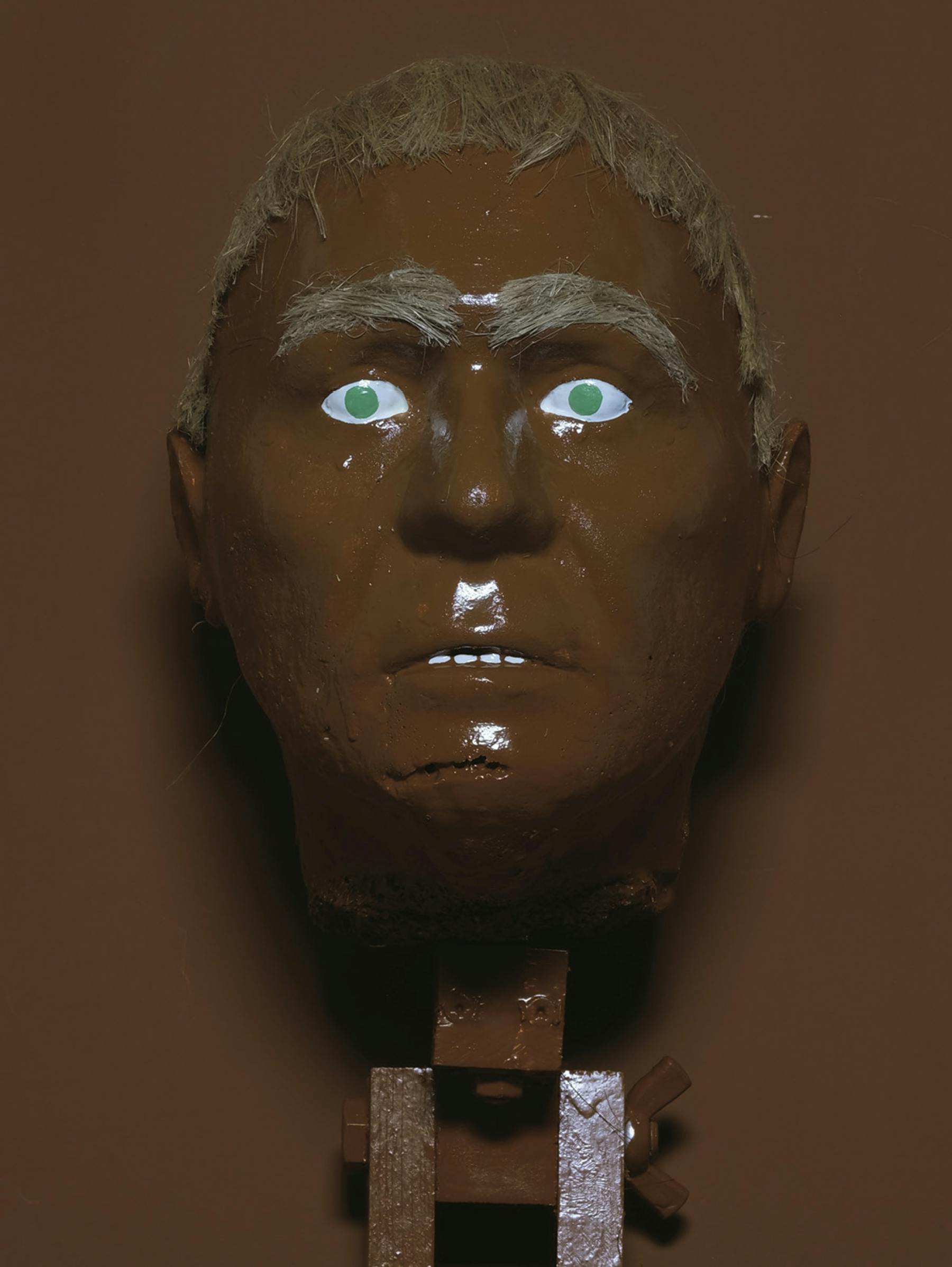
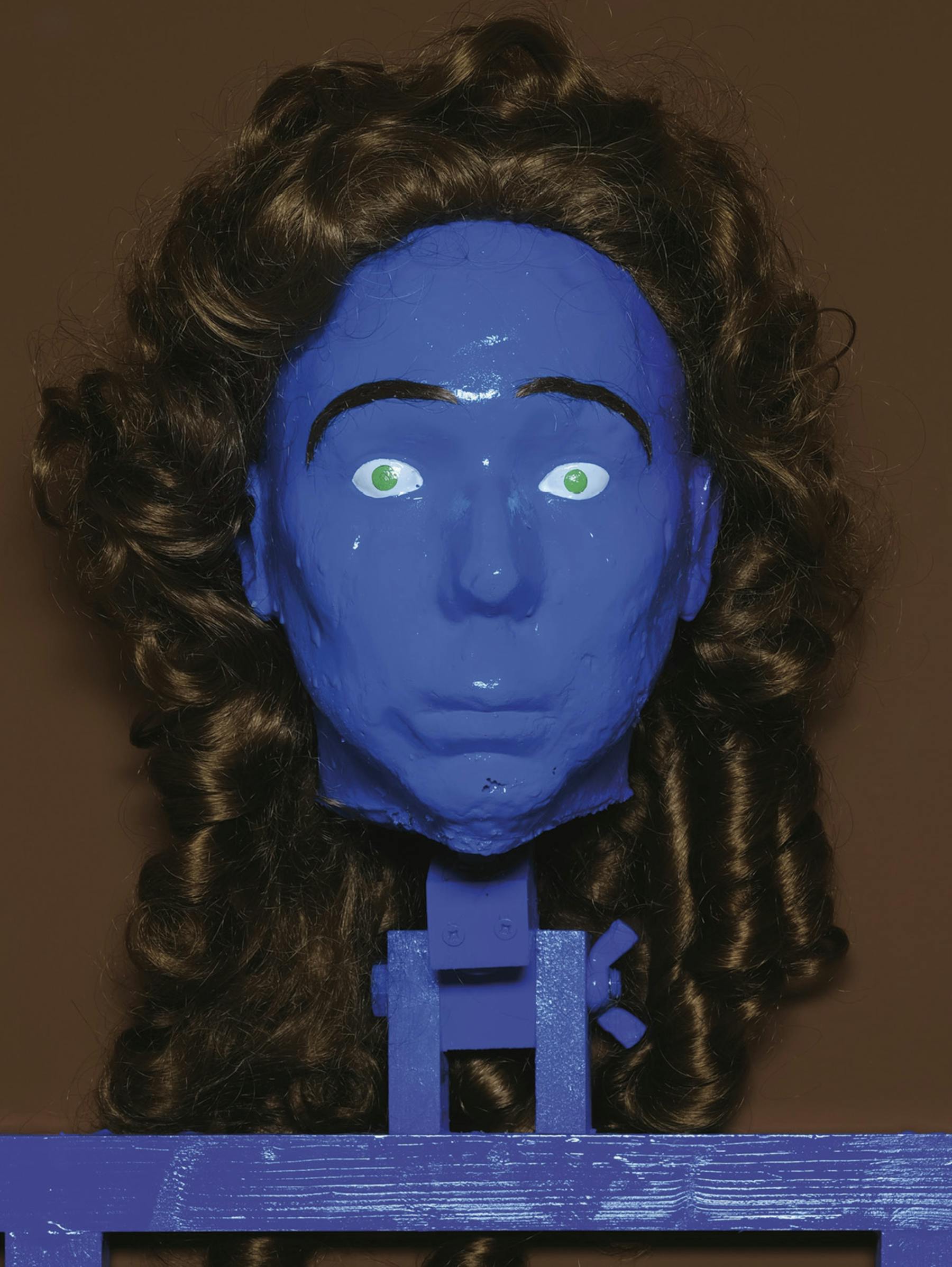
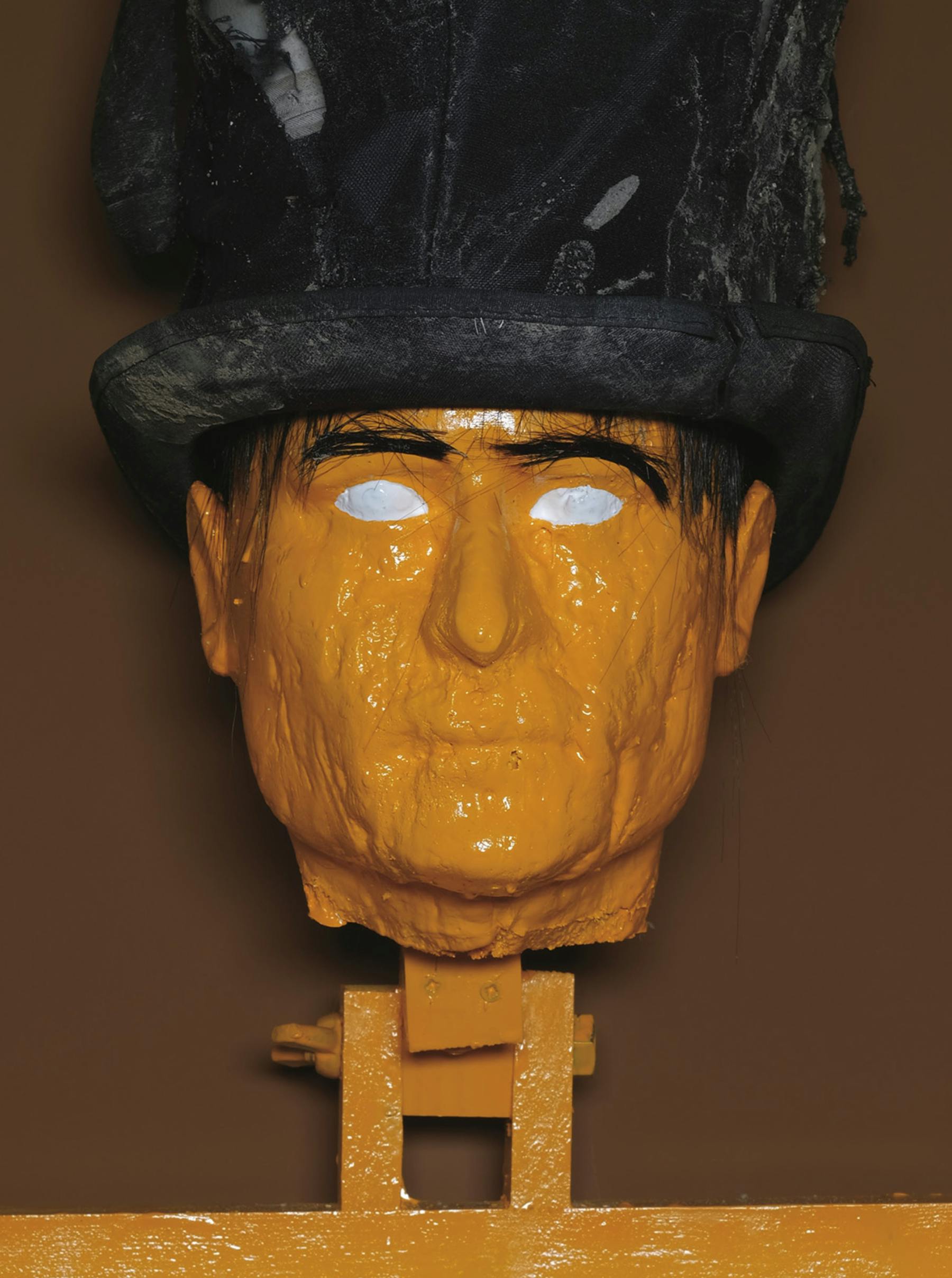
Jacobina Bienebol
Vicar’s daughter Jacobina Bienebol grew up in a strict Protestant family in the rural village of Kruiningen. Her father Rev. Dirk Bienebol (1922 - 1999) was a highly esteemed preacher and a member of the Reformed Congregations church in the Netherlands. De Tucht in de Kerke Christi (Discipline in Christ’s Church), a twenty page treatise about restoring the discipline of the past, can be considered Rev. Dirk Bienebol’s life’s work. Since his death in 1999 Jacobina has continued her father’s work. She is regularly spotted on her bicycle around Kruiningen loudly urging other cyclists and pedestrians to live a devout life in accordance with the rules of the Reformed Church. She thereby regularly collides with the local youth. Jacobina Bienebol was recently reported for mistreating a lost dog. The animal was found by walkers. It had been tied to a concrete block for a number of days, and was utterly exhausted. A copy of De Tucht in de Kerke Christi wrapped in cellophane was found underneath the concrete block. Jacobina Bienebol denies any involvement in the case. The dog had to be put down by a vet.
Jakobus Ras
A foundling from Dordrecht who was probably born around 1642. A sailor’s family raised him harshly in the hope of turning him into a valuable worker who, as soon as he was fully grown, could be sold to the “Vereenigde Oostindische Compagnie” (VOC) for service on the long circumnavigation as a cabin boy.
Taking in orphans for profit was a practice that was common at that time. Their education was therefore extremely rudimentary and harsh. For example, Jakobus Ras could only roar to express his emotions. He also had the habit of feeding off his own feces. When he joined the VOC at the age of fifteen, he was assigned the dirtiest and toughest jobs on the ship. He sailed from Holland to Indonesia several times, a journey that took about two years, and thoroughly enjoyed the sailor's life. As long as his companions heard him roar deep in the ship's hold, they knew all was well. He gradually became a fixture on the long circumnavigation.
One day in 1687, Jakobus Ras disappeared. His ship then sailed off the coast of West Africa near the Equator. Little attention was paid to the disappearance of Jakobus. It was assumed that he had jumped or fallen overboard. A short entry was later found in the captain's logbook, “J. Ras, disappeared”, with the coordinates of the place and the estimated time he disappeared.
200 years later, archaeologists in Equatorial Guinea made a strange discovery. During excavations of settlements in the jungle along the Atlantic coast, a number of idols of “The White Howler” were found. Local legends tell of a creature that came out of the sea and roared at everyone and everything. The White Howler acquired a certain status within the community, which is why statues were made of him. It was probably Jakobus Ras.
La prisonnière de Thionville
Between the year 1799 and 1848 one could go to the zoo of Thionville to see 'La Prisonnière'.
She was one of the biggest attractions of the zoo.
During the turbulent years of the French Revolution hikers discovered a little girl at the edge of a forest in the company of a family of wild dogs. The dogs seemed to take good care of her and shared their food - mice, rats and rabbits - with the child. What struck the hikers was her puzzled wide eyed look. According to the hikers, it was impossible to read what was going on behind her eyes. Was the child possessed? Happy? Traumatized? In a trance?
Soon the news of the discovery made the rounds in town. The mayor, councilmen and clergymen were at a loss. Some asked the girl who she was and what to do but she spoke no French, no German and could not even bark. Some thought this scene was diabolical and recommended an immediate execution of the girl and the dogs. Others wanted to train her as a guard dog. Still others, in keeping with the new spirit of the times, firmly believed in the idea of freedom and equality and saw this scene as an example of free education to be imitated. Since opinions on the fate of the dog child, as she was soon called, were so far apart, it was decided, also in the spirit of the early revolution, to organize a vote. In the end, a compromise was found to which most Thionville residents agreed. The dog child would be housed in the newly opened Thionville Zoo. A cage was built for her with a small pen for the cold winter months. And so the years passed. The dog child grew up into a young woman. She seemed healthy and well. People came from far and wide to witness this spectacle. She became known as "La prisonnière de Thionville. Her look, however, remained the same as when she was first discovered as a little girl among dogs. Even other animals looking out from the cage: a tiger, some birds, a peacock, an elephant could not read what was going on behind La prisonnière's eyes.
One winter morning in November 1848, they found la prisonnière in her cage. Her eyes were closed.
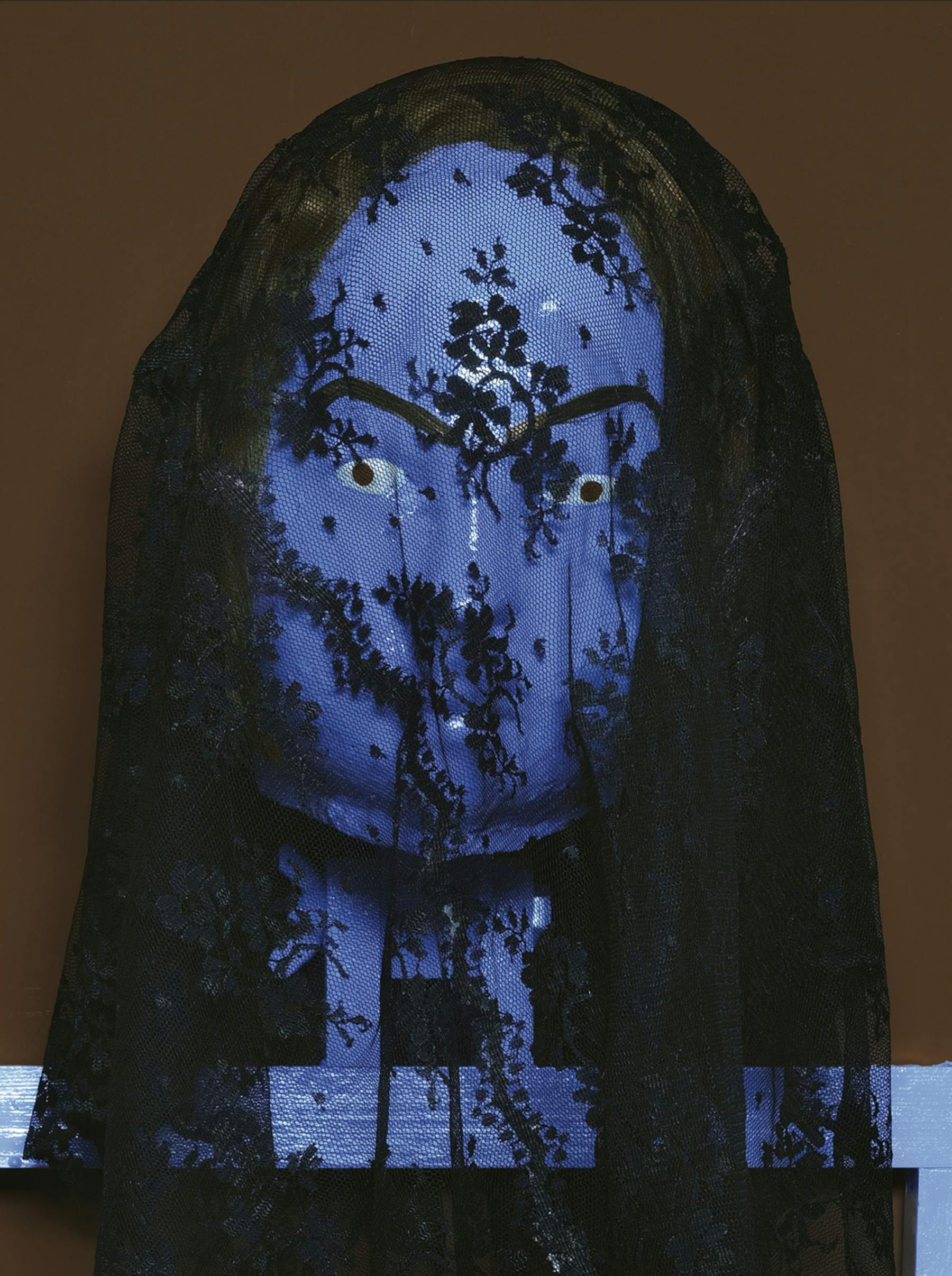
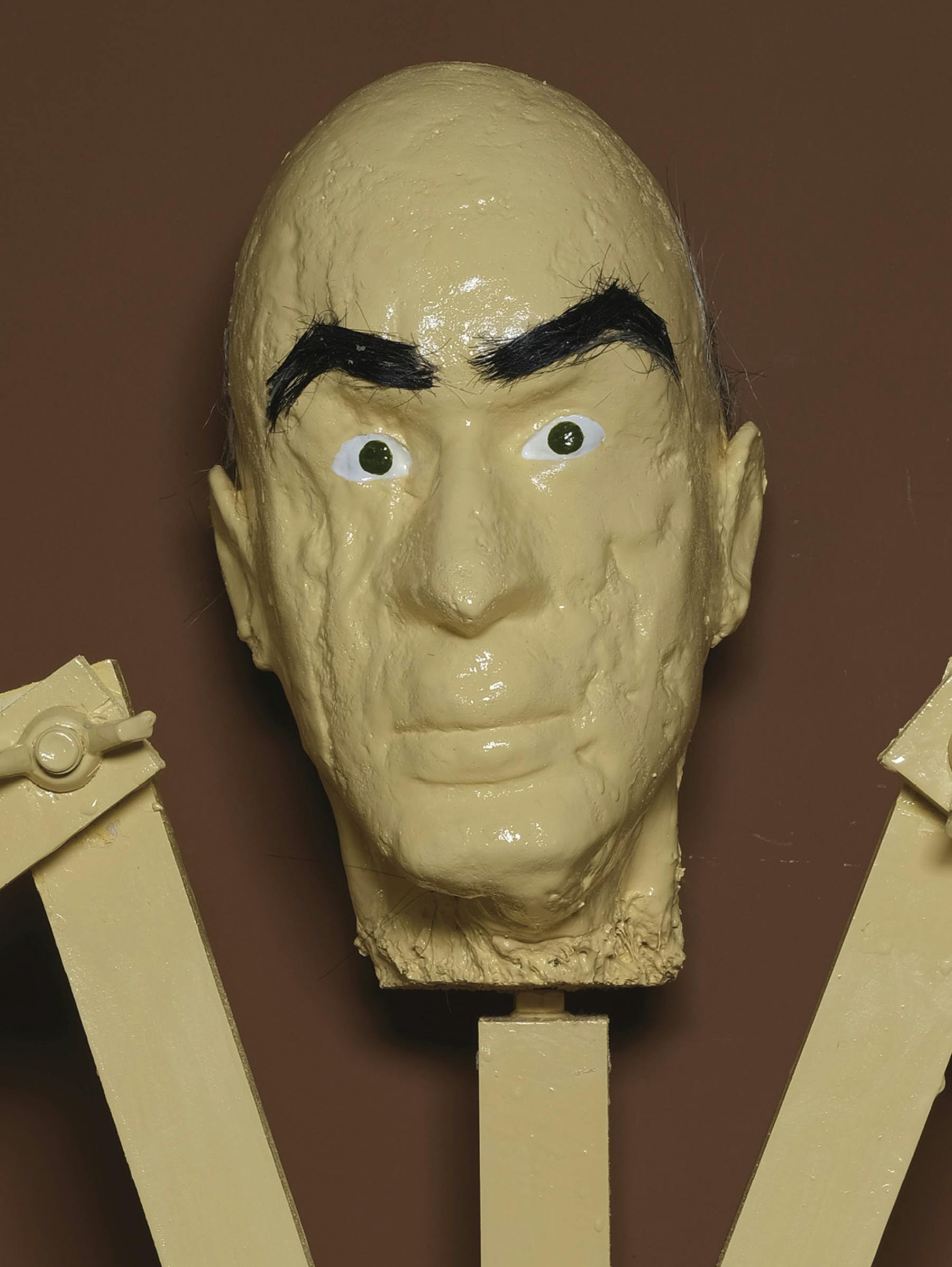
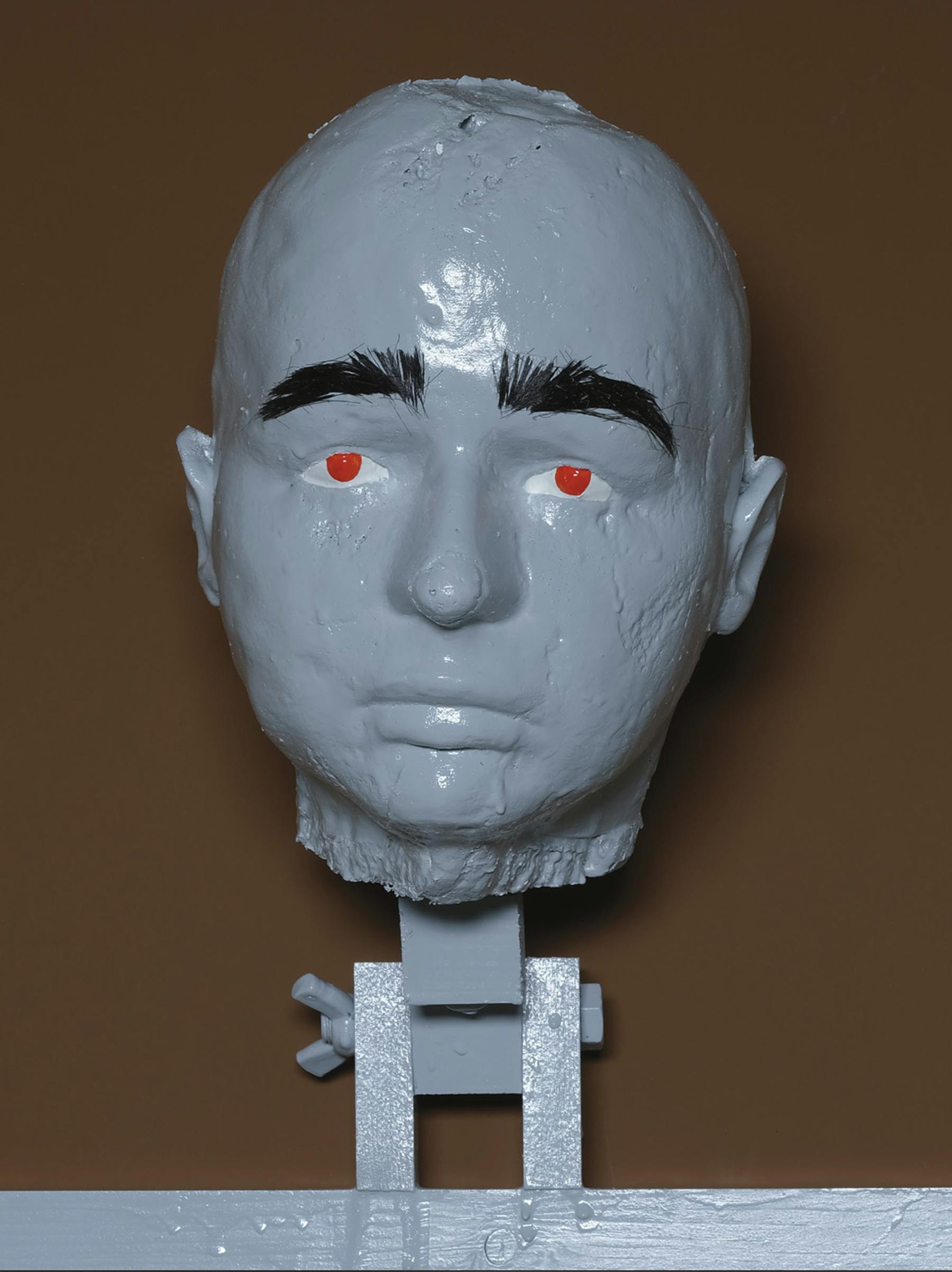
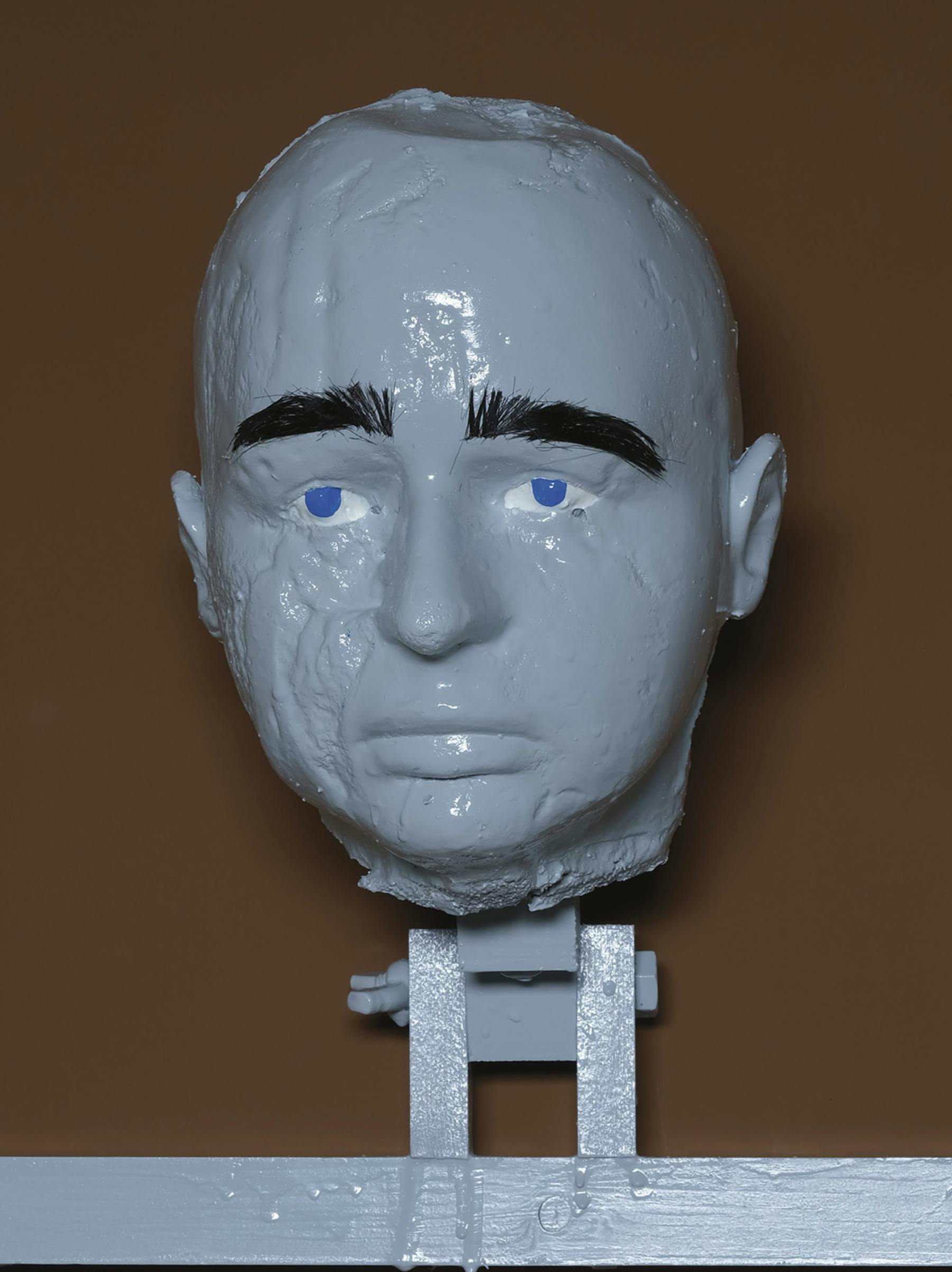
Rocca Swenty Di Malaga
Every year, Rocca Swenty Di Malaga, a ventriloquist, appears in the small villages of the Veneto province. In winter, when the nights are cold and foggy, she takes her place on the steps in front of the church and tells grisly tales with her scary doll. One assumes that the doll, which she always keeps about her person, is already a few hundred years old. Nothing is known about Rocca Swenty herself. It is said that her frightening tales are based on real-life events. She is rumoured to be a murderer who constantly adopts different guises. She was once seen near a place in southern Germany where a couple was burnt alive. It is impossible to converse with the ventriloquist. Her doll starts to roar with laughter when you try to speak to her. Then she will flee, disappearing into the night-time fog without a trace. It is claimed that Rocca Swenty Di Malaga can travel through time, which explains her ability to appear and disappear at will. She is thought to have been seen in several locations at once, but all these things are difficult to prove.
Alfried Krupp von Bohlen und Halbach
Alfried Felix Alwyn Krupp von Bohlen und Halbach, often referred to as Alfried Krupp, was an industrialist, a competitor in Olympic yacht races, and a member of the Krupp family, which has been prominent in German industry since the early 19th century. He was convicted after World War II of crimes against humanity for the way he operated his factories. He served three years in prison and was pardoned. The family company, known formally as Friedrich Krupp AG Hoesch-Krupp, was a key supplier of weapons and materiel to both the Nazi regime and the Wehrmacht during World War II. In 1943, Krupp became sole proprietor of the company, following the Lex Krupp ("Krupp Law") decreed by Adolf Hitler. Krupp's wartime employment of slave labor resulted in the "Krupp Trial" of 1947–1948, for which he served three years in prison. After his death, his son Arndt waived his inheritance. However, he agreed to receiving a yearly allowance of 2 million DM which allowed him to fly constantly between Miami and Marrakesh. The son died of an overdose at the age of 48.
X1 & X2
The Sorceresses of Gütersloh
The twin sisters X1 & X2 lived in Gütersloh in Nordrein Westphalia.They were identical to each other. Only the color of their eyes and the pitch of their voices were different. X1 had a high-pitched squeaky voice while X2 had a lowpitched hoarse voice.They always spoke simultaneously. They could never be caught uttering a single sentence alone.When one had a conversation with them one heard a kind of duplicated voice, high squeaking and low grinding.This caused quite a bit of fear in people.The fact that X1 & X2 were highly skilled in black magic and witchcraft made the residents of Gütersloh even more afraid. The sisters sold spells to anyone who asked for them. For example, if someone wanted to get rid of a rival, one could pay the twins to cast a spell on the unfortunate one.In most cases this was successful and the person in question died within a year.However, if the sorcery failed and the buyer went to complain to X1 & X2, he would be sent back shamed and silenced. Presumably the sisters made it clear to him that they could - at anytime - tell the victim his dirty secret.
The exasperated representetives of Gütersloh wanted to bring X1 & X2 to trial for witchcraft and have them burned at the stake. But just before the sentencing, the twins threatened to cast a terrifying spell that would reduce all of the city to ashes.
The judges became so afraid that the witches were acquitted.
X1 & X2 remained invincible until they died together peacefully in their sleep.
Their real names were never known.



